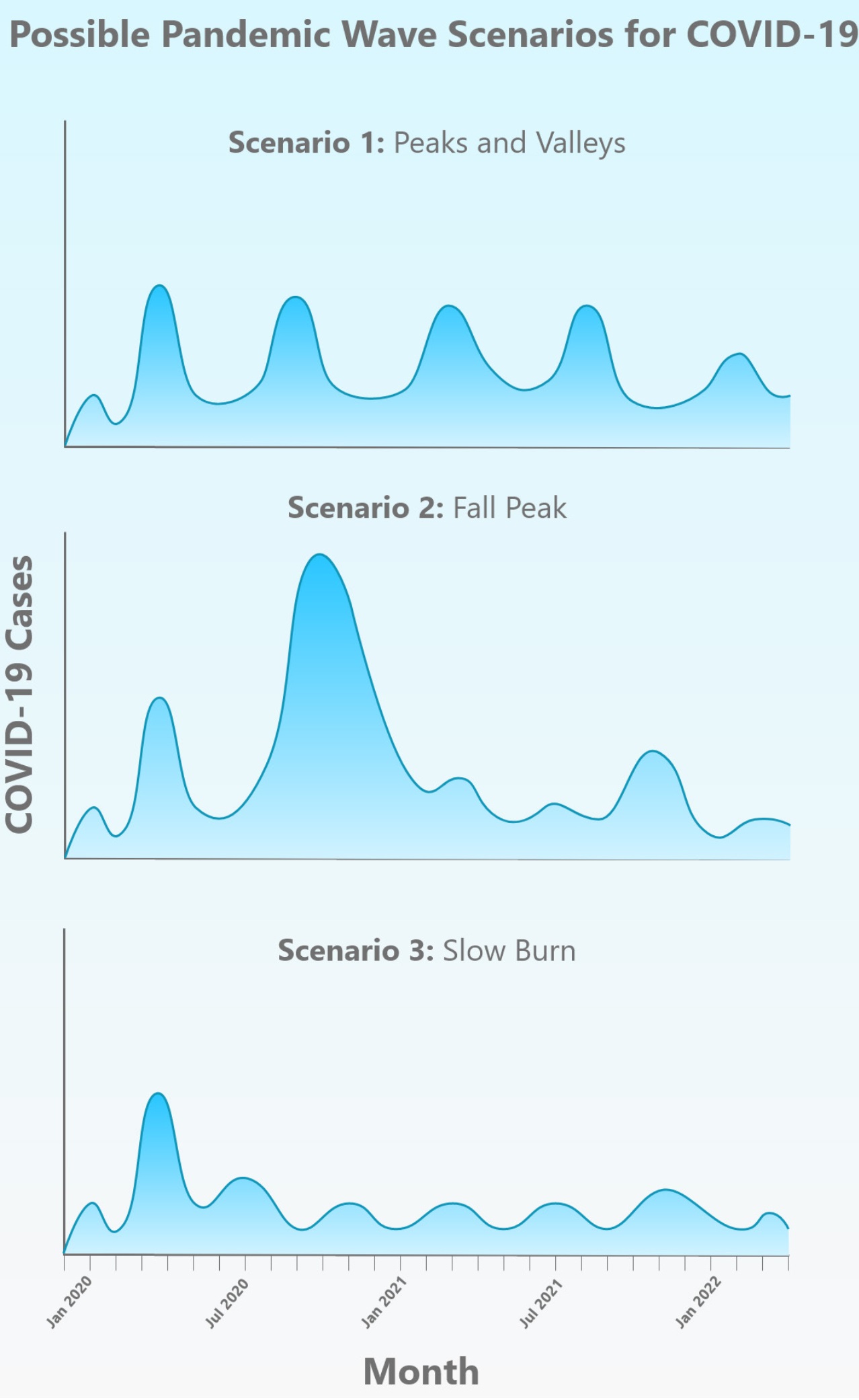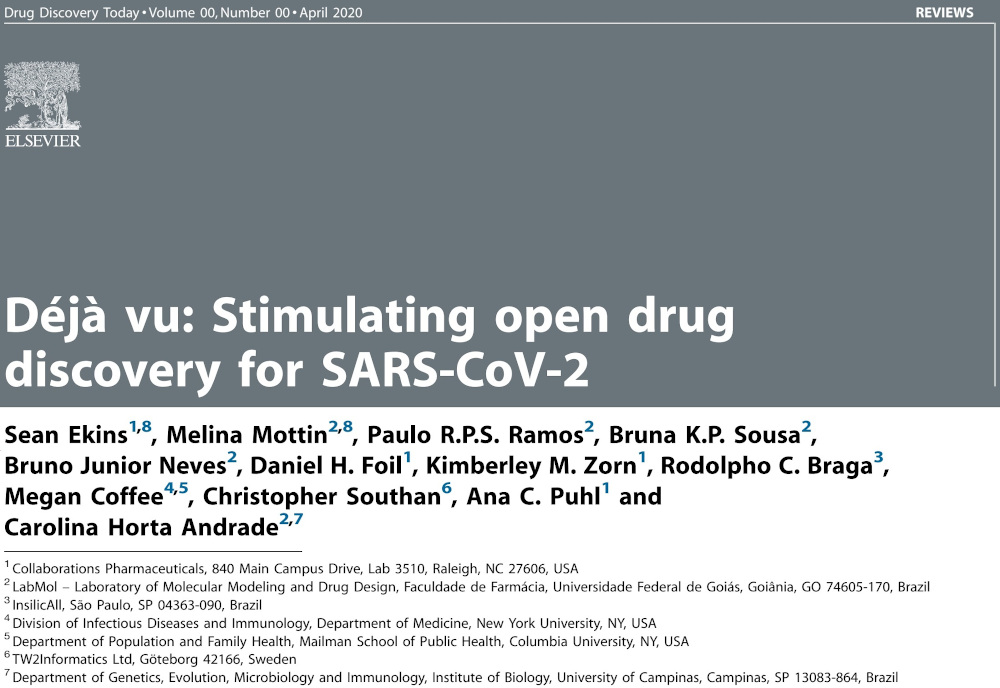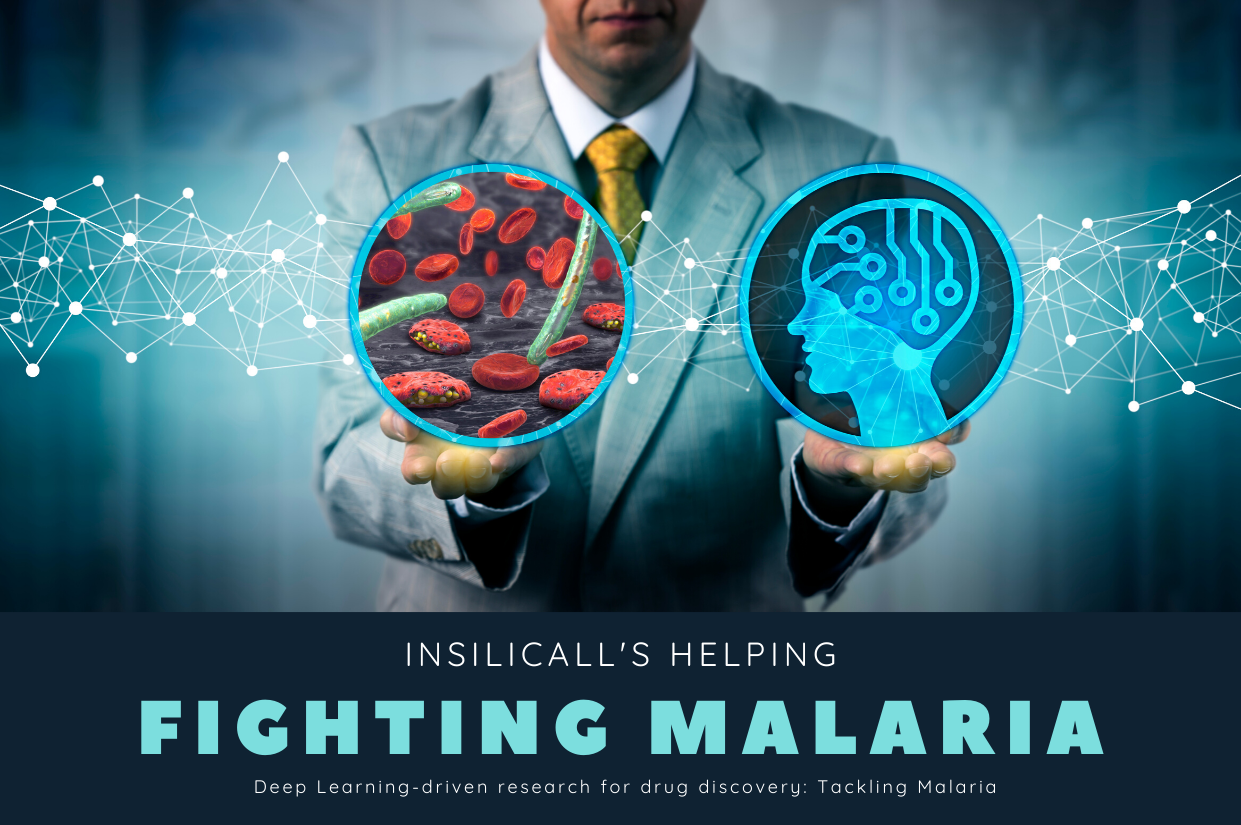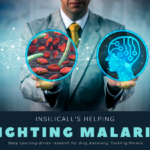A great initiative that started a few months ago about covid19 . With great joy that I share this article published in Drug Discovery Today. I’m thankful for having the opportunity to collaborate on this beautiful work in partnership with great researchers and excellent companies and research institutions – InsilicAll’s CTO, Rodolpho C. Braga
There is a strong sense of déjà vu because there are still no effective treatments. In the COVID-19 pandemic, despite being a new virus, there are already drugs suggested as active in in vitro assays that are being repurposed in clinical trials. Promising SARS-CoV-2 viral targets and computational approaches are described and discussed. Here, we propose, based on open antiviral drug discovery approaches for previous outbreaks, that there could still be gaps in our approach to drug discovery.(((1) Ekins, S.; Mottin, M.; Ramos, P. R. P. S.; Sousa, B. K. P.; Neves, B. J.; Foil, D. H.; Zorn, K. M.; Braga, R. C.; Coffee, M.; Southan, C.; Puhl, A. C.; Andrade, C. H. Déjà vu: Stimulating Open Drug Discovery for SARS-CoV-2. Drug Discov. Today 2020, 00 (00), 1–12. https://doi.org/10.1016/j.drudis.2020.03.019.))
The paper describes:
- Our prior efforts in open drug discovery for Ebola and Zika virus.
- We summarize the current literature for severe acute respiratory syndrome coronavirus 2 (SARS-CoV-2).
- We detail computational repurposing efforts and results for SARS-CoV-2.
- To be prepared for future outbreaks we argue we need novel broad-spectrum antivirals.
- Limitations of these efforts include funding for experimental validation, and this lags behind the computational work.
The future of the COVID-19
According to the COVID-19: The CIDRAP Viewpoint Report, “The future of the COVID-19 pandemic: lessons learned from pandemic influenza“((COVID-19: The CIDRAP Viewpoint April 30th, 2020 Part 1: The Future of the COVID-19 Pandemic: Lessons Learned from Pandemic Influenza Kristine A. Moore, MD, MPH Marc Lipsitch, DPhil John M. Barry, MA Michael T. Osterholm, PhD, MPH)) (Apr 30, 2020), key lessons from past Influenza Pandemics are used and they proposed different scenarios for the future of the COVID-19 pandemic, and some of these are consistent with what occurred during past influenza pandemics. These can be summarized as follows and are illustrated in the figure below.
Scenario 1: The first wave of COVID-19 in spring 2020 is followed by a series of repetitive smaller waves that occur through the summer and then consistently over a 1- to 2-year period, gradually diminishing sometime in 2021. The occurrence of these waves may vary geographically and may depend on what mitigation measures are in place and how they are eased. Depending on the height of the wave peaks, this scenario could require periodic reinstitution and subsequent relaxation of mitigation measures over the next 1 to 2 years.
Scenario 2: The first wave of COVID-19 in spring 2020 is followed by a larger wave in the fall or winter of 2020 and one or more smaller subsequent waves in 2021. This pattern will require the reinstitution of mitigation measures in the fall in an attempt to drive down spread of infection and prevent healthcare systems from being overwhelmed. This pattern is similar to what was seen with the 1918-19 pandemic.((1918 Pandemic Influenza: Three Waves, 2018 https://www.cdc.gov/flu/pandemic-resources/1918-commemoration/three-waves.htm)) During that pandemic, a small wave began in March 1918 and subsided during the summer months. A much larger peak then occurred in the fall of 1918. A third peak occurred during the winter and spring of 1919; that wave subsided in the summer of 1919, signaling the end of the pandemic. The 1957-58 pandemic followed a similar pattern, with a smaller spring wave followed by a much larger fall wave.((Saunders-Hastings, P.R.; Krewski, D. Reviewing the History of Pandemic Influenza: Understanding Patterns of Emergence and Transmission. Pathogens 2016, 5, 66.)) Successive smaller waves continued to occur for several years. ((Miller, M. A.; Viboud, C.; Balinska, M.; Simonsen, L. The Signature Features of Influenza Pandemics — Implications for Policy. N. Engl. J. Med. 2009, 360 (25), 2595–2598. https://doi.org/10.1056/NEJMp0903906.)) The 2009-10 pandemic also followed a pattern of a spring wave followed by a larger fall wave.((Saunders-Hastings, P.R.; Krewski, D. Reviewing the History of Pandemic Influenza: Understanding Patterns of Emergence and Transmission. Pathogens 2016, 5, 66.))
Scenario 3: The first wave of COVID-19 in spring 2020 is followed by a “slow burn” of ongoing transmission and case occurrence, but without a clear wave pattern. Again, this pattern may vary somewhat geographically and may be influenced by the degree of mitigation measures in place in various areas. While this third pattern was not seen with past influenza pandemics, it remains a possibility for COVID-19. This third scenario likely would not require the reinstitution of mitigation measures, although cases and deaths will continue to occur.

Possible pandemic wave scenarios for covid19 ( Source: COVID-19: The CIDRAP Viewpoint April 30th, 2020)((COVID-19: The CIDRAP Viewpoint April 30th, 2020 Part 1: The Future of the COVID-19 Pandemic: Lessons Learned from Pandemic Influenza Kristine A. Moore, MD, MPH Marc Lipsitch, DPhil John M. Barry, MA Michael T. Osterholm, PhD, MPH))
The Center for Infectious Disease Research and Policy (CIDRAP) is a global leader in addressing public health preparedness and emerging infectious disease response. Founded in 2001, CIDRAP is part of the Office of the Vice President for Research at the University of Minnesota.










php patterns
December 16, 2021It’s remarkable to pay a visit this website and reading the views of all
colleagues about this article, while I am also zealous of getting
familiarity.
php patterns